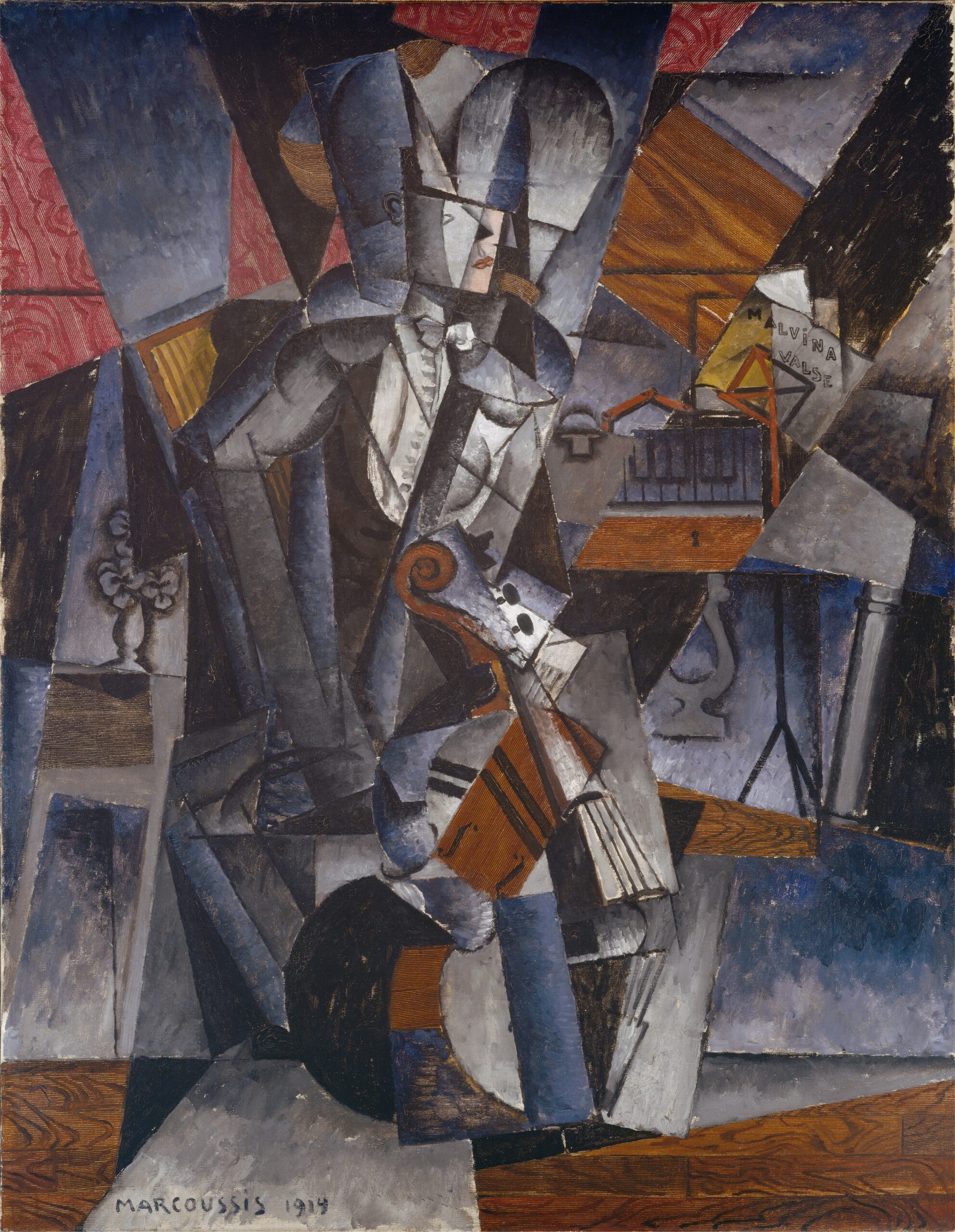Copyright & AI

Development of artificial intelligence models requires analysis of large bodies of text, images, audio, or video, from which models derive correlations embodying facts, ideas, style, grammar, and other basic building blocks of knowledge and creativity. Some AI tools can generate outputs that are the kinds of works that copyright has regulated in the past – texts, images, videos, and sounds that embody creative expression. Both activities— “inputs” for training, and “outputs” of the resulting tools—can raise copyright questions. Outputs might reproduce copyrighted expressive content, while inputs may themselves be copyrighted works.
Re:Create believes current U.S. copyright principles, including fair use, provide appropriately clear and flexible guardrails for AI innovation, and that developers’ use of copyrighted works to train AI tools will typically be fair use and should not require licensing.
Americans rely on a balanced copyright system that protects creators while allowing lawful learning, research, accessibility, creativity and innovation that build on existing works. Copyright was never meant to be a veto over subsequent generations of creativity or a monopoly in facts, ideas, or building blocks of creativity. Courts can apply these long-standing principles to new technologies to ensure creativity and innovation continue to flourish side by side.
Re:Create supports a balanced approach to Copyright & AI because it…
- Preserves America’s core strategic advantage in the global AI race
- Protects competition and innovation by startups, nonprofits, SMEs, and scholars engaged in AI research and development
- Promotes the progress of science, education, accessibility, and scholarship through tools that help people find, summarize, caption, translate, and transform knowledge.
- Facilitates the use of more diverse and contemporary training materials, which reduces bias and error.
- Protects as fair use digital tools that analyze copyrighted works to learn patterns, facts, and other unprotected information.
- Protects creators with powerful remedies against those who use AI tools to create infringing works or knowingly induce others to do so.
- Allows flexible, case-by-case evaluation of technologies in a broad and evolving new sector, rather than imposing draconian one-size-fits-all rules.